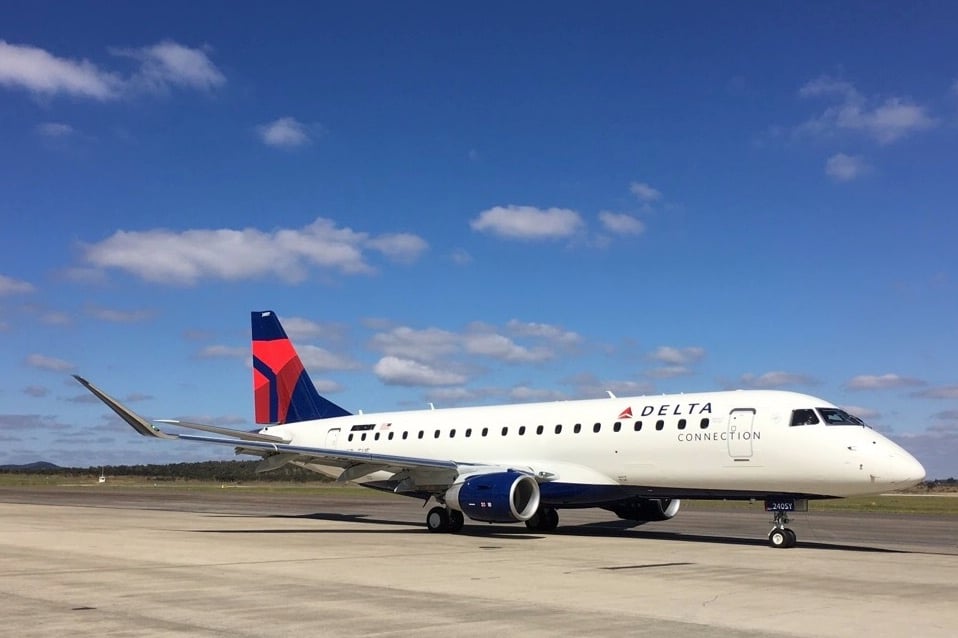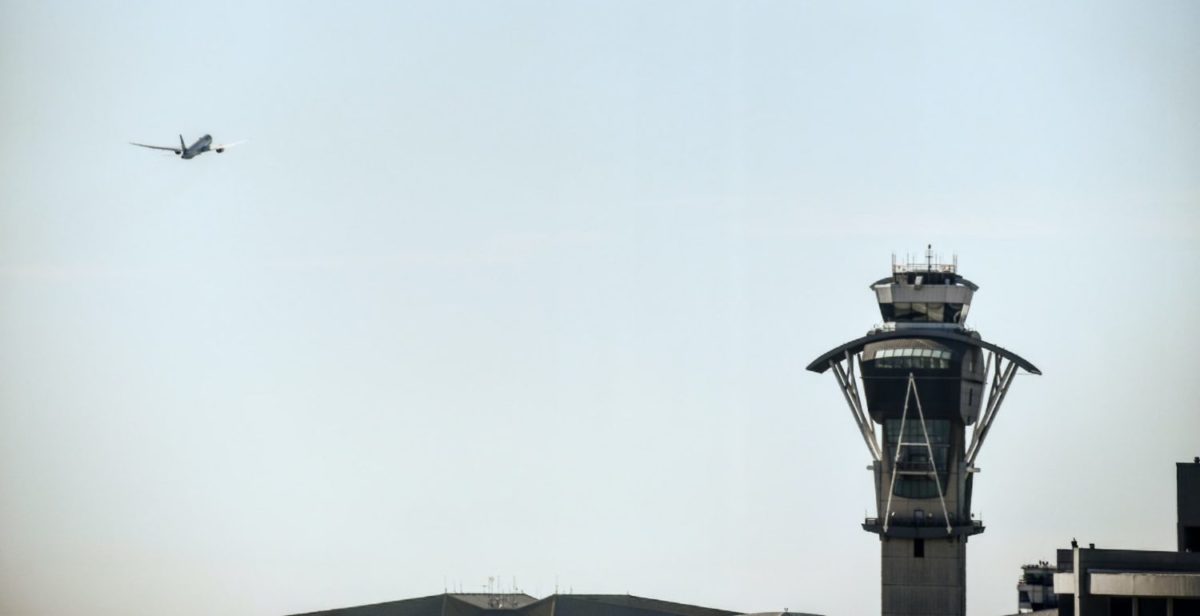Seven days into the first shutdown of the federal government in almost seven years, planes are still flying across the United States (mostly) smoothly. But with the government closed and no signs of an imminent deal in Congress, there are new worries about flights in and out of small regional airports and air traffic control staffing.
After weeks of back-and-forth and failed attempts to pass a last-ditch budget, the federal government ceased all nonessential operations last week. While airports and airport security checkpoints remain open and TSA agents are still on the job, some travelers in the U.S. have started to feel the pain this week as delays and cancellations began to tick up.
Looking ahead, it could get worse. Here's why.
Air Traffic Control Woes Bubble Up in California, Nashville
The shutdown is already exacerbating a longstanding air traffic controller shortage.
Air traffic controllers keep planes moving safely from towers and offices all across the country. A shortage of workers has been a nationwide issue for years – especially in and around New York City and Newark (EWR) as well as down around Florida.
Deemed essential workers, air traffic controllers are currently working unpaid for now … while hiring and training programs to bring on much-needed additional workers have been paused. As time goes on, more controllers may decide to call in sick instead of reporting for unpaid duty.
That's already started.
The first problems happened at Burbank (BUR) in Southern California this week, where for close to six hours, there were zero air traffic controllers working in the airport's tower, according to LA's KABC Eyewitness News. Between 4:15 p.m. and 10 p.m. on Monday, those duties were handled remotely by another office in San Diego.
“Have we had a slight tick up in sick calls? Yes,” Duffy acknowledged Monday.
And on Tuesday, Nashville Airport alerted travelers to a shortage in air traffic controllers around 1:30 p.m. Federal Aviation Administration (FAA) records show that the airport was put on a ground stop by 7:15 p.m. … and traffic didn't resume until almost 1 a.m. Wednesday.
Southwest travelers were hit hardest with 142 delayed flights while both American and Delta saw more than 20 flights in and out of Nashville delayed Tuesday.
Delays & Cancellations Tick Up
According to data from the aviation analytics firm Cirium, on-time departures in the U.S. are down by more than 8% compared to before the shutdown began.
Major hubs including Chicago-O'Hare (ORD), Denver (DEN), and Boston (BOS) saw the worst of it, with Boston recording a shockingly low 65% on-time departure percentage. Facing questions about air traffic control staffing, Duffy told reporters Monday that his department plans to reduce the flow consistent with a rate that's safe for the American people.”
“I want to see your flight not be delayed. I don't want you canceled, but our priorities are safety,” he added.
As the shutdown continues, air travel woes could continue to increase as both TSA and air traffic controllers continue working unpaid. That's exactly what happened in the 35-day shutdown in late 2018 and early 2019 – mounting concerns about travel disruptions as TSA agents called out sick in droves played a part in forcing the Trump administration and congressional leaders to make a deal.
Essential Air Service Funding Ends Sunday
The most alarming news came from Department of Transportation Secretary Sean Duffy, who confirmed that federal funding for the Essential Air Service (EAS) – the government program that heavily subsidizes airline routes to small, rural communities across the U.S. – is set to expire this Sunday, according to a report from Reuters.
That means, on Sunday, the DOT will stop reimbursing airlines like Alaska, American, Delta, and United and their subsidiaries who fly to small regional airports. The EAS program helps fund roundtrip flights in and out of small regional airports that the major airlines might otherwise ignore – including essential routes to remote parts of places like Alaska that are unreachable by other modes of transportation.
All told, there are 112 EAS routes in the continental U.S. and another 65 in Alaska. Federal subsidies help cover two daily roundtrip flights on smaller regional jets. When that funding disappears, it doesn't necessarily mean that airlines will stop flying those routes immediately.
Airlines could continue that service rather than cancel hundreds or thousands of flights and strand passengers all over the country. But the longer the shutdown drags on, it's unlikely that carriers will continue to operate unprofitable routes without federal help.

“Every state across the country will be impacted,” said Duffy at a press conference. “We don't have the money for that program moving forward.”
So while your upcoming Alaska, American, Delta, or United flight to a place like International Falls, Minnesota (INL) or Muscle Shoals, Alabama (MSL) may operate as normal this week, come Sunday, the airlines will have a brand new set of financial circumstances to consider.
None of the major U.S. carriers or their partners have commented on the prospect of changes to these EAS routes yet.
Bottom Line
As the federal government shutdown enters week two, cracks are beginning to show in the air travel industry.
The threat of losing air service subsidies to small communities, more air traffic controllers calling out of work, and an uptick in delays and cancellations suggest there could be trouble ahead for travelers unless a funding package passes Congress.








Great article Gunner. Thanks for keeping us updated. I have several upcoming lights and I’m growing more and more nervous. Unfortunately I’m in a small rural area so I don’t have very many choices to begin with.